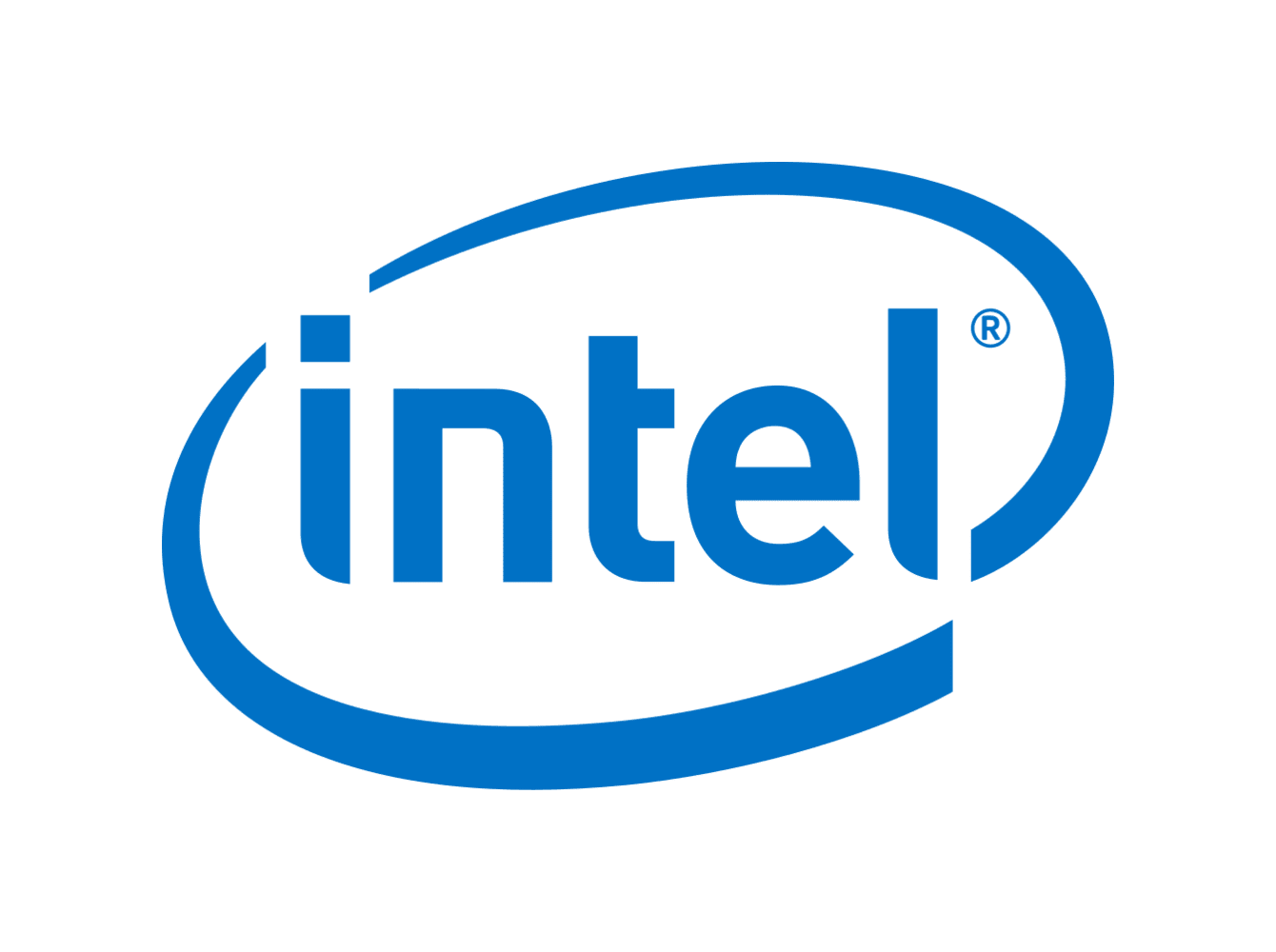I’m seeing CPU VID = 1.418v at max stock frequencies on my i7-14700K - is that too bad? Should I return it and wait for another opportunity to get another piece? I hoped I’d find more info in this thread but so far I only found one person with a 14700K there and their max VID=1.379
Its more likely your motherboard then your cpu. Just turn it down abit .
best practice, manually undervolt with slight overclock, pc runs cooler and faster
only assholes will return a parts that they are not happy about the quality of bin
1.418v to me sounds like an ASUS motherboard stock voltage, yeah it’s up there but its by no means in the danger zone, you can run it at that no problem, but lower will just allow it to run cooler and more efficiently.
Theres nothing actually wrong with that voltage, its not necessary, but its also not a problem in the time of ownership you have that CPU. You’ll probably find that voltage is lower on someone elses board for many different reasons, literally a single BIOS version is all it takes for that number to change.
please note that VID is not affected by motherboard or bios settings
some setting called “DC Load Line” in bios , can change VID , which shown in hwinfo app.
like , if you set different DC loadline value > its change VID value > its affect power consumption value,.
ac/dc loadline is also adjusted when you change svid behaviour. For example if I set svid behaviour to best case scenario, ac/dc is set to 0.01 or something like that, and worst case sets it higher.
Not sure about 14th gen, but that’s how it seems to work for me.
For example if I set svid behaviour to best case scenario
ohh i see,. im using MSI bios ,. i dont have those settings :) ,. so no confusion with it ,.
but in MSI board ,. DC load line value change lot of HW monitor reading , like this :https://imgur.com/a/teYLwrf ,. its not affect cpu in any ways afaik. but ,. there is lot of confusion to find which one is wrong/current readings,.
thanks for the new photos! Well it’s strange, it seems to be doing the opposite on my board: the lower the DC loadline, the more realistic the reported power figure is, but the farther away the reported VID is from the actual vcore. At DC loadline=1 I got the closest power reading to the current I measured on the EPS cable (which is still about 20% higher)
yes it’s right,.until we touch offset vcore values,.
for ex:
i use DC loadline 80 for LLC7; 50 for LLC 6; 10 for LLC3; 1 for LLC1 (if iam not using offset vcore)
then if i add -0.130v offset,. > i add those offset value with DC loadline,. so using 130 DC loadline
check this :https://imgur.com/a/0urTtGS
and this: https://imgur.com/a/hAgN7y4 (compare this 2 link images; if i use LLC3 =DC 120-130 ; if i use LLC1 = DC 107 like that)
yeah I was indeed able to manipulate the reported VID value with the DC loadline. I’m therefore interested in the original intel configuration value and a way of reliably retrieving it without it being manipulated by the DC loadline setting. Knowing an arbitrarily manipulated value isn’t useful for the question I asked.
You need to set a static Vcore and AC/DC Load Line to the minimum possible values and then check to see the base VID which you’re looking for.
If you haven’t done that yet - and it sounds like you haven’t - you’re flipping out about the motherboard-configured VID which is 100-250mV higher than the fused VID depending on the default AC load line set by the BIOS.
check this: https://www.overclock.net/threads/msi-lite-load-and-mapping-to-cpu-ac-dc-load-lines.1805086/
and this: https://imgur.com/a/ZK1gQ1Qif you are using MSI pro z790p ,. this will help (im using this board);
what you see VID value in HW monitor apps,. is useless ,.( its only used to correct , error readings in power draw)
use VCore (like u/Cradenz said); if you want currect power draw reading then change DC loadline values)
i’ve saw my 13700F hit 1.56 on VID once, my friend says it’s normal, is this concerning? lol
Are you looking at VID in ASUS BIOS, or VID in HWiNFO?
1.418 VID without AC loadline in effect sounds terrible, you’ll likely see VID up around 1.520 in HWiNFO then.
1.418 VID in HWiNFO sounds pretty normal.
My 13900K had a VID of 1.379 on the P-cores for 5.8 GHz, that was a strong chip, but not quite golden.
You linked something and misinterpreted it completely. Saying that VID is not affected by BIOS or motherboard in your first post, and then linking the data sheet that says VID can be altered and is considered out of specification operation should have clued you in that VID can be altered.
If you want to see what the factory VID values are, you need to look at your V/F curve editor in BIOS. While you’re at it, screw around with DC_LL and you’ll be convinced that you did misinterpret the Intel datasheet, as when you load into Windows you’ll see that your VID is in fact very much affected by BIOS settings.
that says VID can be altered
can you please specify more exactly what did you mean by that? Which sentence in the intel specs says that?
do not look at VID. look at Vcore only. my vcore is a lot lower than my VID

